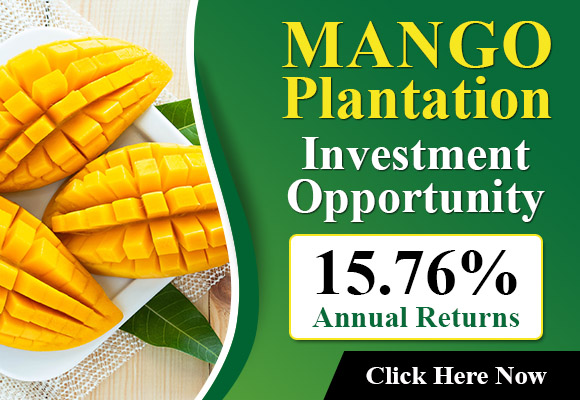“The importance in the role of cuticle no matter if it’s attached to the seeds, fruit or leaves, is crucial for health and plant growth and results in healthful plants as well as high-quality fruits. But, the cuticle could be damaged due to biotic and environmental stresses” states Luis Hernandez, CEO at Cultiva.
Cultiva is an US business that has spent in the last decade revolutionizing cuticle treatment for agriculture crops such as fresh fruits and vegetables. According to Cultiva’s official site, Parka(r) as is the brand’s flagship product. It came out in 2013. using a unique technology called SureSeal(tm).
SureSeal technology was invented by researchers from Oregon State University who aimed to design a chemistry that mimics and strengthens the cuticle in the plant. Cultiva was eventually obtained the license for SureSeal in 2012 and since then has developed its strategy for market expansion using SureSeal as its primary technology. The company began to launch Parka and then first rolled it into the market for cherry. Since that time, the firm has accumulated 70% of the market in the cracking of cherry market of the Pacific Northwest of the United States. Cultiva is also doing its best over the last decade to build the footprint of Parka on a range of valuable crops like the grapes, apple, citrus trees, avocados, tree nuts as well as other varieties.
Triple modes of operation
As Luis clarifies, Parka increases a plant’s general tolerance to stress by three ways of activity. In the first, Parka improves the mechanical characteristics of the fruit, thereby helping to prevent physiological issues such as cracks. In the next step, Parka(r) enhances the resilience of cell membranes of tissues and reduces the risk of sunburn. Additionally, Parka enhances photosynthetic activity which improves the quality of fruit and production.
“The three methods of action aid in increasing the plant’s general tolerance to stresses. The specific results are dependent on the area, however in general, Parka reduces cracking and sunburn of cherries by forty percent, which is confirmed by more than 15 trials,” says Thiago Moraes, North America Sales manager.
To protect fruit, Parka is most effective when it is used as a programmed application that begins very early in the process of developing fruits, at a time at the time when the fruit is still small growing its cuticle. The fruit is then prepared for the explosive growth which occurs during summer’s warm temperatures. To protect the foliage, the shielding of the cuticle to radiation and extreme temperatures will allow plants to keep on photosynthesizing effectively, thereby optimizing the growth of plants and the distribution of sugars to fruit.
“If making use of products that contain wax however, the wax will break as the fruit grows. When using Parka it is possible to apply the coating along with the plant, ensuring the greatest coverage. Parka is food safe which means it is able to be applied in the same manner as harvest , and you will continue to see the effects even after storage” Thiago explains.
Different geography, different goals
What Parka uses is contingent depending on the specific crop and also the geographical location. Different regions have diverse varieties with unique problems. Cultiva collaborates with farmers to create studies to evaluate Parka against other varieties, and determine which is the most suitable method to satisfy their requirements.
About 65 percent of Cultiva’s work is carried out within North America and the rest is international. Cherries make up a large portion of the portfolio of the firm particularly around Chinese New Year in which the cherries are transported to China massively and distributed as presents. The cultivators can use Parka before picking to prevent shrinkage in transportation.
Cultiva is now more prominently present Cultiva is increasingly present in Chile, Argentina, Australia, Italy, Spain and Canada. Other markets that are in development include Brazil, Mexico, South Africa as well as Peru.
Cultiva is investigating new ways to grow that include vertical and greenhouse applications. Although the environment in greenhouses can be controlled to minimize stress to plants, plants do are subject to stress as a result of fluctuations in temperature and cracks are not unusual. The greenhouse growers utilize a different tool within Parka to combat cracking and stress from heat.
 For additional information, click here:
For additional information, click here:
Cultiva
www.cultiva.com
sales@cultiva.com
Source: The Plantations International Agroforestry Group of Companies
